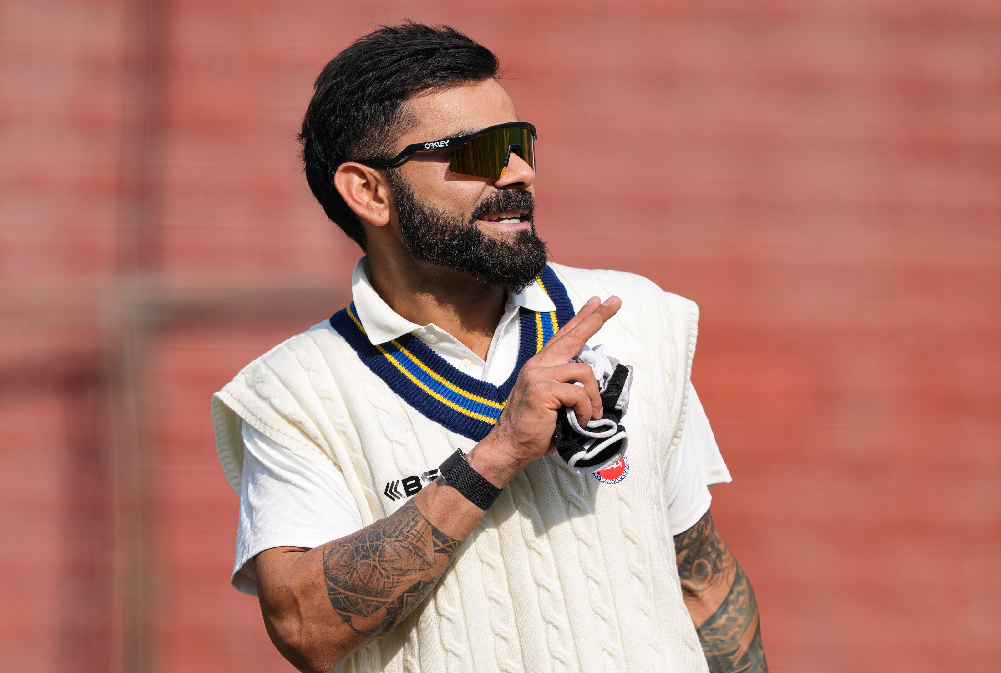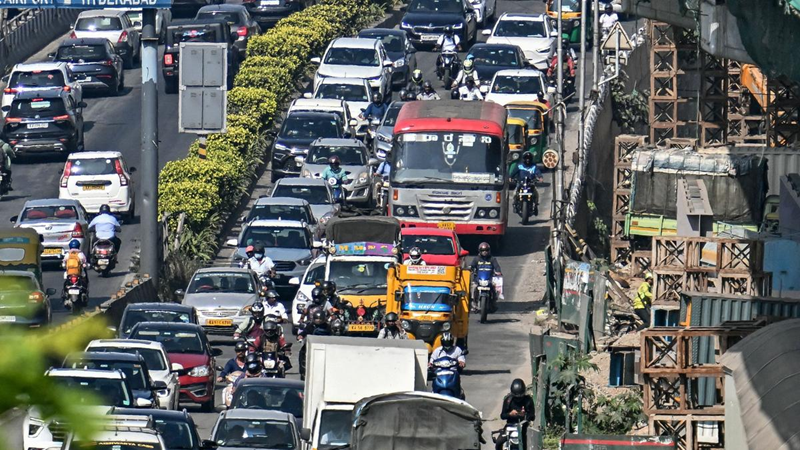
Tragedy strikes Chennai yet again
Chennai has once again received a battering at the hands of a cyclone, this time by Michaung in less than a decade.
Even as the life is limping back to normalcy, several colonies and layouts in the city by the sea stand deluged. Roads have turned into canals and boats are rowing where vehicles roamed.
While the city has reported death of 14 persons, 72 people have been killed in the state in the rain-related incidents.
Over 15,000 people were evacuated from the low-lying areas and being sheltered in 182 relief camps.
It seems the authorities learnt no lessons from the disastrous floods that visited the city in December 2015 when the city received 1,049 mm of rain. Around 400 people lost their lives and damages to the city’s infrastructure were to the tune of $13 billion.
According to the Chennai’s Regional Meteorological Centre, the city received 1,130 mm of rain, three times more than the average for two months between October 1 and November 30.
Why did this happen? Since 2015, the Tamil Nadu government had undertaken a Rs. 5,000 crore integrated stormwater project under smart city mission.
The money was spent on collector, feeder and arterial canals. But it seems all that money has gone down the drain. The city has fared no better in coping with rainwater than in 2015 except for the fact that human casualties are lesser.
Much that is not unique with any Indian city, Chennai too has seen its lakes vanishing under the onslaught of relentless urbanisation. Continuous relaying of roads has raised the roads higher than the level of houses and drains thereby leading to flooding of homes and colonies.
Poor coordination between civic agencies have often led to manholes being higher than the drains. A city on a flat terrain by the sea, Chennai cannot cope with excessive rains.
The city fathers must envision a future whereby excessive rainfall could be channelised to waterbodies with ample capacity as the city witnesses acute water shortage during summers.
 English daily published in Bengaluru & Doha
English daily published in Bengaluru & Doha






